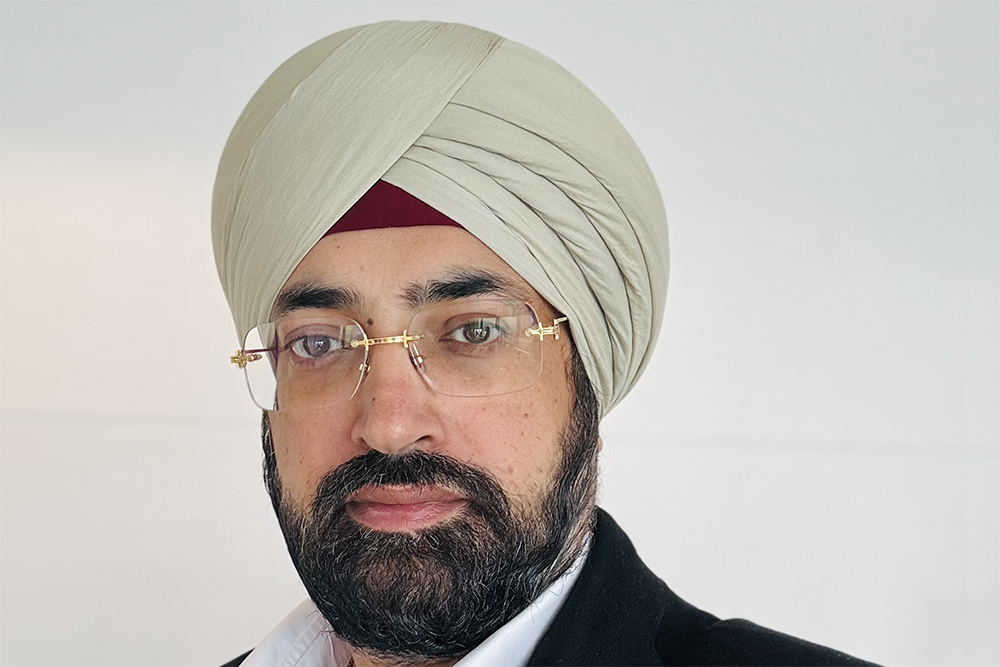Dr. S.K. Agarwal, a leading Pulmonologist from Varanasi, discusses the evolving landscape of respiratory health in India, emphasizing the effectiveness of inhalation therapy in managing conditions like asthma and bronchitis
In a conversation with ET Edge Insights, Dr. S.K. Agarwal, MBBS, MD, FCCP (USA), FNCCP, MCAI, FAPSR; Consultant Pulmonologist: Head of the Department, IMS, BHU, Varanasi, from Varanasi delves into the world of respiratory health in India and its evolving treatment landscape. He is a professor and specialises in treating people with respiratory ailments, especially asthma patients. Edited excerpts:
Could you share information about common respiratory conditions in India and their treatments?
Asthma is a common condition, but many patients still rely on oral therapy. Over the years, inhalation therapy options have become available, requiring smaller doses and causing fewer side effects compared to oral steroids. However, some patients have a fear of steroids and prefer oral medications. Through education and outreach efforts, we’ve encouraged the use of inhaled steroids delivered via metered-dose inhalers or dry powder devices. This approach is highly effective, cost-efficient, and has led to more than 90% of my patients discontinuing oral tablets, as they find it unnecessary.
What do you think is the reason for this fear and reluctance? Is it perhaps due to a lack of awareness and concerns about medications and specialists?
Indeed, the fear of steroids, particularly among younger individuals, has been a significant factor. Despite their concerns, some would still opt for oral steroids. It has been a challenging task to educate them about the effectiveness of inhalation therapy in managing asthma and addressing inflammation. Inhalation therapy involves microgram doses, significantly smaller than the milligram doses found in oral tablets, minimising the risk of toxicity.
What signs should people watch for to identify potential bronchitis or asthma, prompting them to seek medical advice?
It typically begins with common symptoms like a runny nose and sneezing. However, a prevalent and noticeable symptom is breathlessness during physical exertion or exercise. These are the common complaints we hear from patients who come to us. Subsequent pulmonary function tests often confirm a diagnosis of bronchitis or asthma.
How do you perceive the current and future developments in treating pulmonary diseases given technological advancements in your field?
In my practice, which began around 1995, we initially started with single monotherapy. Over time, we progressed to dual therapy involving inhaled corticosteroids and Long-Acting Beta Agonists (LABAs). Currently, triple therapy combinations are also available. The medications accessible in India are cost-effective and require just a single dose, which patients find convenient. Importantly, long-term medication is often unnecessary. Once a patient’s condition improves, we implement a step-down therapy approach. For instance, if a patient starts with a dose of 100, we gradually reduce it to 75, 50, 25, 10, and eventually discontinue it entirely. This approach ensures patient satisfaction and avoids the need for prolonged medication. It’s crucial for patients to initiate treatment early to prevent structural changes in the bronchial airways associated with chronic bronchitis.


